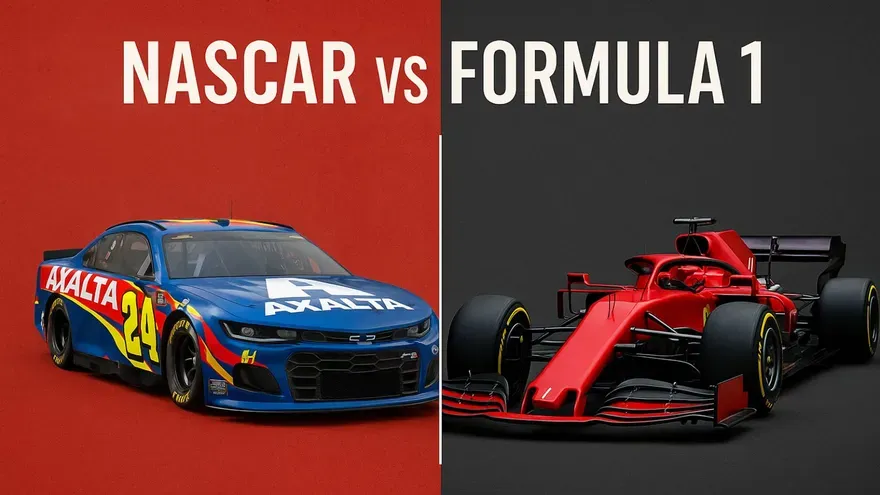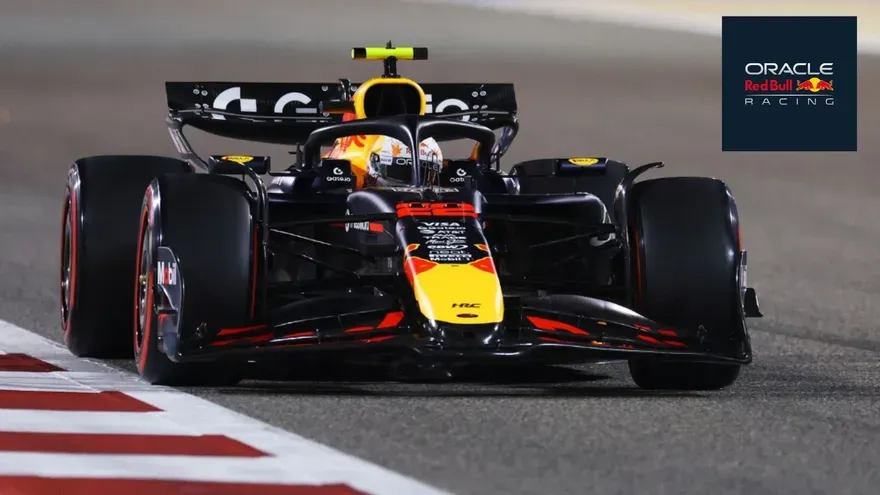Formula 1 is one of the most famous motorsport races in the world. The championship has been hosted all across the continents globally. Through generations, various technical aspects have been changed to make it a safer sport as there were dark days when this sport was backed out from racing due to accidents and deaths. With such an incident the engineers and designers underwent to make F1 cars more safer and prone to sudden incidents.
Modern days F1 cars are fully made of carbon fiber. Some elements are still revised with aluminum as a major component. The use of Carbon Fibre is necessary as it is super strong, and light and can make the driving dynamics of the car more aerodynamically challenged and agile. But, not only carbon fiber, various other materials are used to make it a perfect drive before the actual racing weekend takes place. Let us deliver such materials that are involved in making the F1 car construction.
1. The Composition Of Materials Used In F1 Car Construction

With new technical regulations and innovations, the constructors or the automotive brand invest billions of dollars in research and development to make a fast car that could win races on different tracks and collect points at the end of the season to win the F1 Constructor Titles. For the 2024 FIA World F1 Championship, most constructor use carbon fiber as their major component in design and development.
To make carbon fiber as your core design and construction element, a lot of predecessor materials are being used for further process. These pre-induced materials are the feedstock, rayon, and polyacrylonitrile which are commonly used in the production of carbon fibers. For constructors or racing teams, the main priority is to make a perfect and safe drive for a racer that would be beneficial in the driver’s safety policy concern.
This material used is less in weight as weight also plays an important factor in developing a high-performance racing car. Different body parts and panels are built with different elements and can be modified according to the track conditions and the nature of the racing arena. However certain body frameworks are adopted under different building molecules which we will cover for better understanding. So, let us start with the main chassis and the body dimensions.
Materials Used In Chassis And Bodywork
The composite monocoque of an F1 car is very strong and stiff as it is the center core for any automobile flying through the tracks at high speed and cornering under a sharp apex. This stiff body framework induces more stress and enables reduction of the point of impact during sudden crashes or incidents. The most common material used in it is Carbon Fiber Reinforced Plastic as it offers a massive lightweight advantage and improves better handling and acceleration.

Powertrain And Exhaust System
To be an undisputed championship-winning car, the powertrain should be made more advanced and powerful to beat the competitive landscape. Even the design and construction should be on with purpose as they undergo several degrees of pressure and heat. The crankshaft cylinder blocks and pistons are made from cast iron and aluminum alloys which are light in weight as they may affect the car’s performance. The most preferable element used in the exhaust system is the Inconel. It is a nickel-chromium superalloy used to resonate at high temperatures and induce super strength.
2. Materials Used In Suspension And Braking In F1 Car

Several arrays of lightweight materials such as Titanium, aluminum alloys, and a few high-strength steels are being used in the F1 suspension system. These can be altered later according to the drivers’ preferences and racing conditions on the track. However, different racing tracks acquire different skills, tactics, and strategies to win the race.
Other additional components used in the philosophy of racing are badged under the braking system of F1 cars. The brake discs are made from carbon fiber that is exceptional for heat resistance and stopping vigorous power and energy loss due to friction. A few further materials I like to add that are involved in the construction of F1 cars are Zylon and high-tensiled polyethylene elements.
Aramids are still being adopted in the development of front-wing and rear-end wing plates. Some highly adaptive polyethylenes referred to as Dyneema and Spectra are being used in the construction of F1 cars.
Being a multi-dollar business, more discoveries are being made in material science to develop specific materials used in upcoming generations of f1 cars. Stakes are high as well as investment and the teams need to deliver the maximum performance leading to faster, safer, and more adrenaline racing events in the future.
If you are more interested in knowing the technical aspects behind the F1 car making and innovation, then please let us know in the comments below and follow us for more future updates from the realm of the F1 motoring world.
Also Read | F1 Steering Wheel Design















